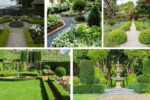In an age where clean lines, simplicity, and intentional design define many aspects of architecture and interior décor, gardens are also reflecting the same trends. Modern minimalist flower bed arrangements are growing in popularity because they balance beauty with order, creating serene spaces that emphasize form as much as flora.
Unlike the lush, overflowing style of traditional cottage gardens, minimalist beds use restraint: fewer plant species, a structured layout, and a thoughtful use of negative space. When designed well, they not only highlight the beauty of individual plants but also complement contemporary outdoor spaces with elegance and sophistication.
This article explores the principles, plant choices, layouts, and maintenance strategies for creating modern minimalist flower bed arrangements that embody style, calm, and functionality.
The Principles of Minimalist Flower Beds
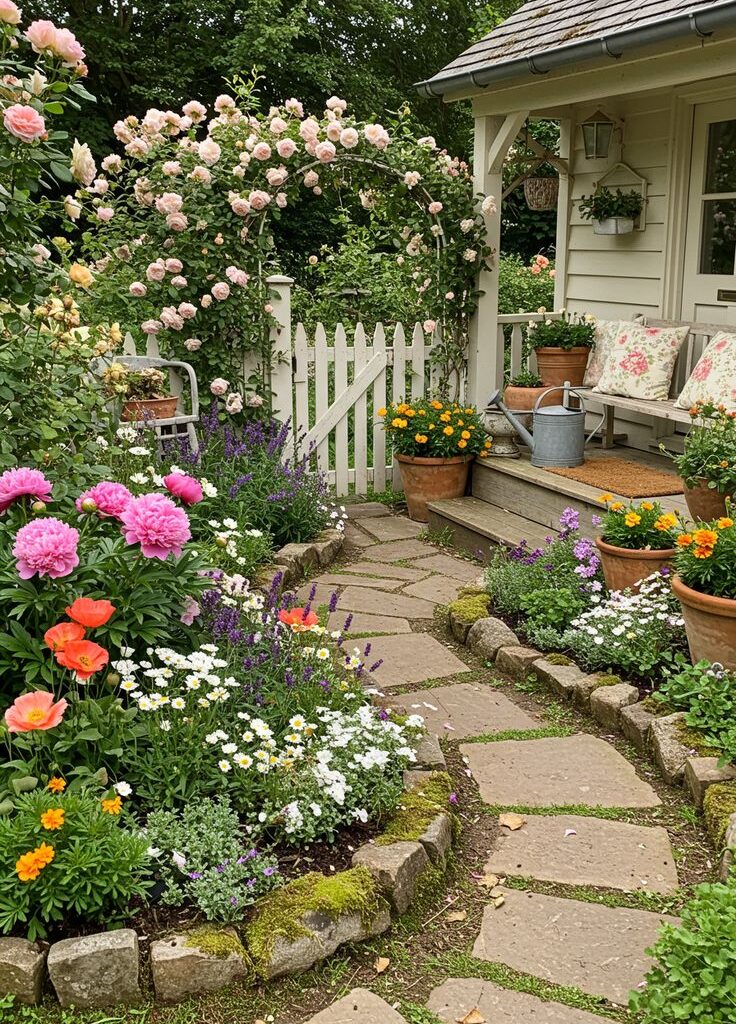
To design effectively, it’s essential to understand the core philosophy of minimalism in garden design.
1. Simplicity Over Abundance
Minimalist beds focus on fewer plant varieties, repeating them in structured patterns rather than mixing numerous species.
2. Clean Lines and Defined Shapes
Straight borders, geometric layouts, and sharp edging are characteristic of minimalist beds.
3. Neutral and Limited Color Palettes
Instead of rainbow hues, minimalist designs emphasize greens, whites, and occasional accents like deep purple or vibrant red.
4. Negative Space as a Feature
Empty space around plants or within the bed is just as important as the plants themselves, enhancing contrast and focus.
5. Integration with Architecture
Minimalist flower beds are often designed to complement modern homes, patios, or walkways, seamlessly blending natural and built environments.
Choosing Plants for Minimalist Flower Beds
Plant selection is crucial to capturing the essence of modern minimalism. Focus on structural, sculptural, and low-maintenance species.
1. Architectural Plants
- Agave or Yucca – Bold shapes that make strong focal points.
- Ornamental grasses (like fountain grass or Japanese forest grass) – Add movement while staying refined.
- Hostas – Ideal for shaded minimalist beds.
2. Repetition-Friendly Plants
- Boxwood – Perfect for clipped hedges or spheres.
- Lavender – Soft texture, calming fragrance, and elegant repetition.
- Succulents (echeveria, sedum) – Neat, geometric growth habits.
3. Flower Choices
Minimalist gardens don’t avoid flowers—they just use them thoughtfully.
- White tulips or lilies – For a clean, elegant touch.
- Calla lilies – Sleek blooms with architectural presence.
- Coneflowers or black-eyed Susans – Used sparingly for color accents.
4. Evergreens
- Junipers, dwarf spruces, or small pines provide year-round structure.
- These create the “bones” of minimalist arrangements.
Design Layouts for Minimalist Beds
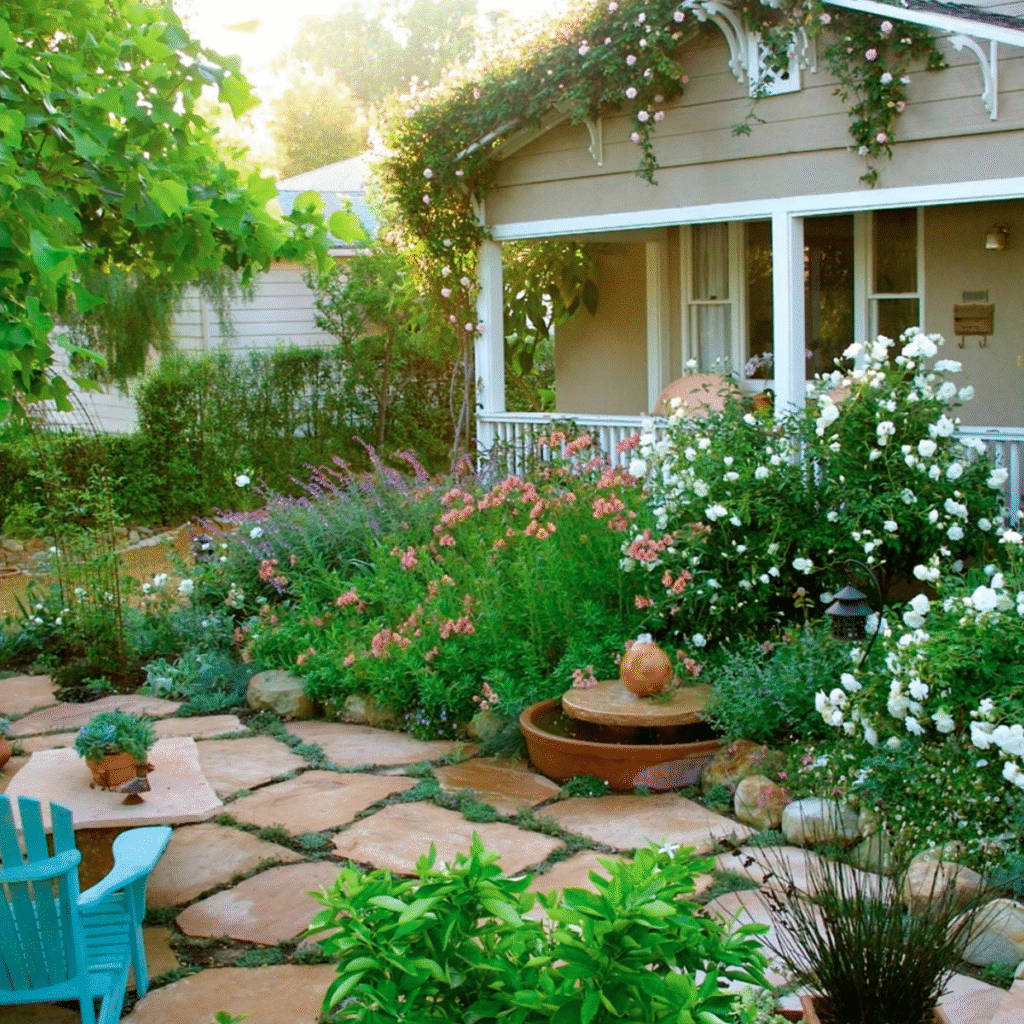
1. Geometric Beds
- Rectangular or square beds lined with stone, steel, or wood edging.
- Plant species in linear rows or clusters.
- Works especially well alongside modern architecture.
2. Monochrome Planting
- Use one dominant color (green foliage, white blooms).
- Keeps the design cohesive and calm.
3. Repetition Rows
- Repeat the same plant in neat rows or patterns.
- For example: alternating lavender and ornamental grass.
4. Sculptural Focus Beds
- Use one focal plant (like a large agave or a clipped topiary) in the center, with simple groundcovers around it.
5. Raised Minimalist Beds
- Concrete, corten steel, or wooden raised beds with gravel or stone mulch.
- Perfect for patios and urban courtyards.
Complementary Materials and Finishes

Minimalist flower beds often use hardscaping and finishing materials to elevate the design.
- Stone or Gravel Mulch – Provides a clean, modern base.
- Concrete or Steel Edging – Creates sharp, defined borders.
- Wooden Decking or Paving Stones – Harmonize natural and modern elements.
- Water Features – Reflective pools or fountains enhance the minimalist atmosphere.
Seasonal Interest in Minimalist Beds
Minimalist gardens may be restrained, but they don’t have to look plain in different seasons.
Spring
- White tulips, daffodils, or hostas emerging add subtle beauty.
Summer
- Ornamental grasses in full sway.
- Lavender or agapanthus blooms provide refined color.
Autumn
- Bronze tones of grasses.
- Sedum flowers deepen to burgundy.
Winter
- Evergreen shrubs and sculptural forms maintain interest.
- Frosted ornamental grasses add textural beauty.
Practical Tips for Modern Minimalist Flower Beds
1. Use Mulch and Groundcovers
Gravel, white stones, or creeping thyme cover soil neatly, reducing weeds and enhancing visual clarity.
2. Maintain Sharp Edges
Crisp edges around beds are vital to the modern look. Use steel edging or pavers.
3. Stick to a Palette
Limit yourself to 2–3 main plant types and a restrained color palette for cohesion.
4. Incorporate Lighting
Subtle LED uplights or path lights highlight structure without overpowering simplicity.
5. Balance Hard and Soft Elements
Combine sleek materials (concrete, steel, glass) with natural plant textures to avoid sterility.
Maintenance of Minimalist Flower Beds
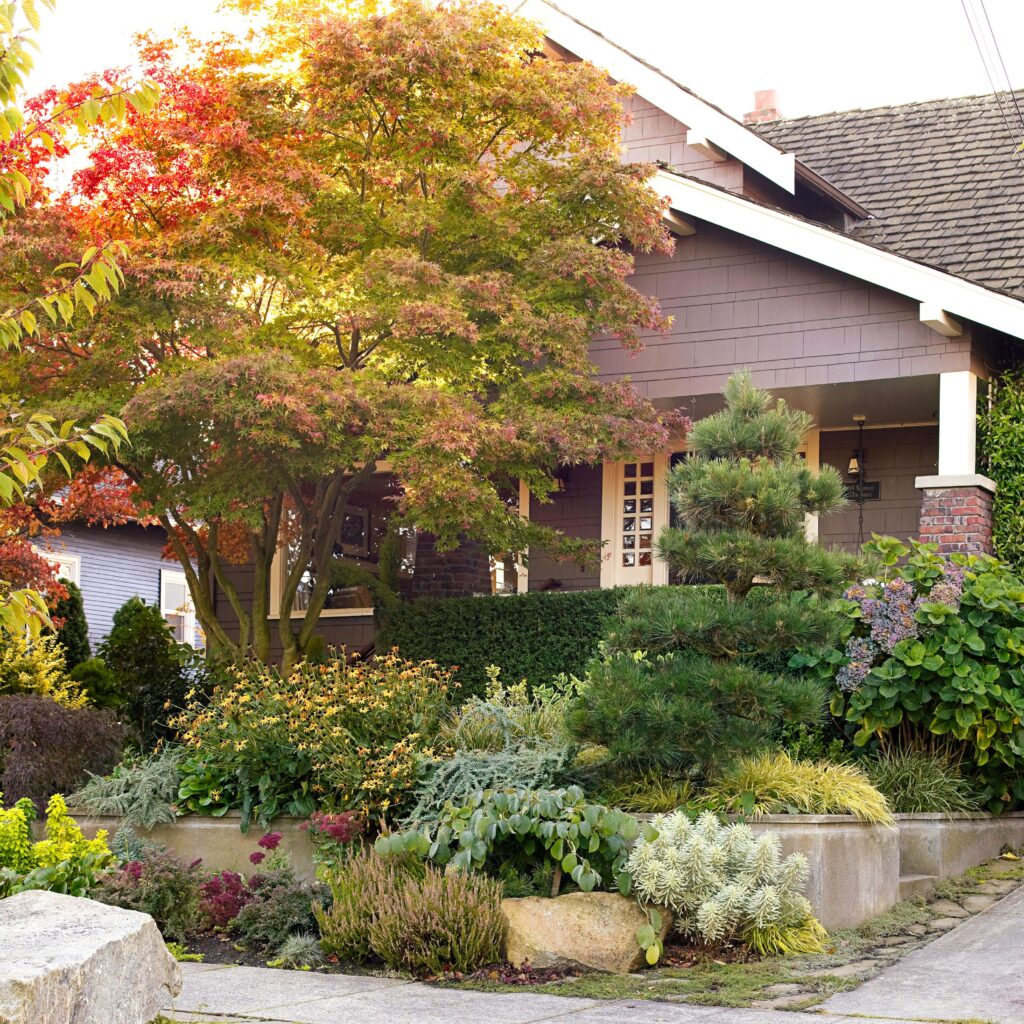
Minimalist doesn’t mean maintenance-free, but upkeep is usually simpler.
- Pruning and Shaping: Regularly trim hedges, topiaries, or grasses to retain defined forms.
- Weed Control: Mulch and groundcovers help minimize intrusions.
- Soil Health: Even minimalist beds benefit from compost and organic matter.
- Seasonal Plant Rotation: Swap annuals for fresh accents in spring or summer.
Example Minimalist Bed Designs
Example 1: Courtyard Bed
- Rectangular raised bed with corten steel.
- Alternating rows of lavender and ornamental grasses.
- Gravel mulch for neatness.
Example 2: Monochrome White Garden
- Boxwood spheres as anchors.
- White tulips and lilies planted in repetition.
- White gravel base with black slate edging.
Example 3: Urban Balcony Minimalism
- Long rectangular planter box.
- Succulents and dwarf evergreens.
- LED strip lighting along edges.
Example 4: Zen-Inspired Minimalist Bed
- Single sculptural agave centerpiece.
- Surrounding white pebbles.
- Simple path of square stepping stones nearby.
Common Mistakes to Avoid
- Overcrowding Plants – Minimalism is about space; too many plants ruin the effect.
- Too Many Colors – A rainbow palette makes the design busy and chaotic.
- Ignoring Proportions – Large plants in small beds or vice versa disrupt harmony.
- Neglecting Hardscaping – The minimalist look relies heavily on edging, materials, and textures.
- Skipping Maintenance – Even minimalist beds need trimming to prevent a sloppy look.
Why Choose Minimalist Flower Beds?
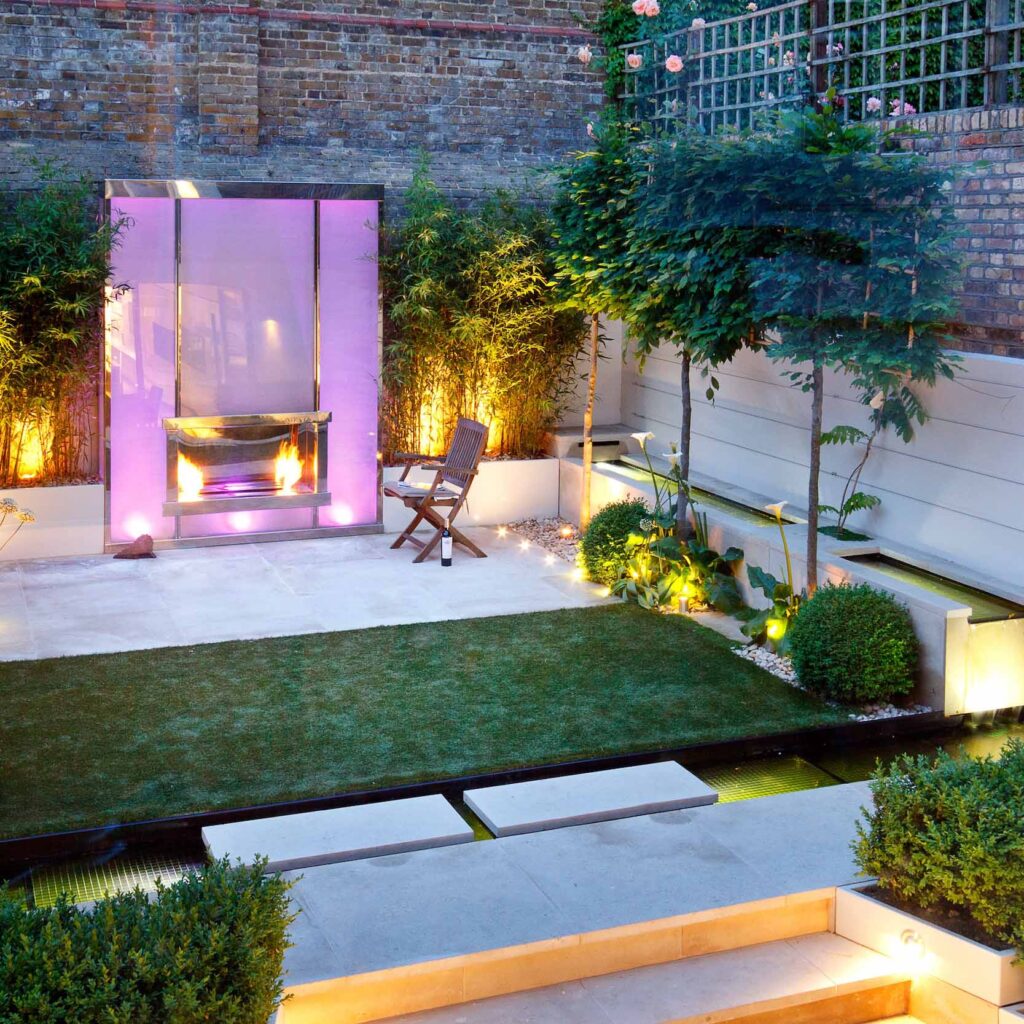
- Low Maintenance: Fewer plants and clean lines make upkeep easier.
- Stylish and Timeless: Complements modern architecture and doesn’t date quickly.
- Functional: Works well in small spaces like balconies, courtyards, or urban gardens.
- Calming Atmosphere: The simplicity and symmetry promote relaxation.
- Sustainability: With fewer, low-maintenance plants and often drought-tolerant choices, minimalist beds can be eco-friendly.
Conclusion
Modern minimalist flower bed arrangements bring order, calm, and elegance to outdoor spaces. By focusing on simplicity, clean lines, and intentional plant selection, they transform gardens into works of contemporary art. Whether you’re working with a sprawling yard or a compact urban balcony, minimalist beds prove that “less is more” when it comes to garden design.
Through repetition, restrained palettes, and sculptural plants, these arrangements highlight beauty without excess. With proper maintenance and attention to detail, they remain timeless, functional, and stunning in every season.
Minimalist flower beds are not just about plants; they are about creating outdoor sanctuaries where balance and harmony flourish—gardens that feel modern yet deeply connected to nature.

